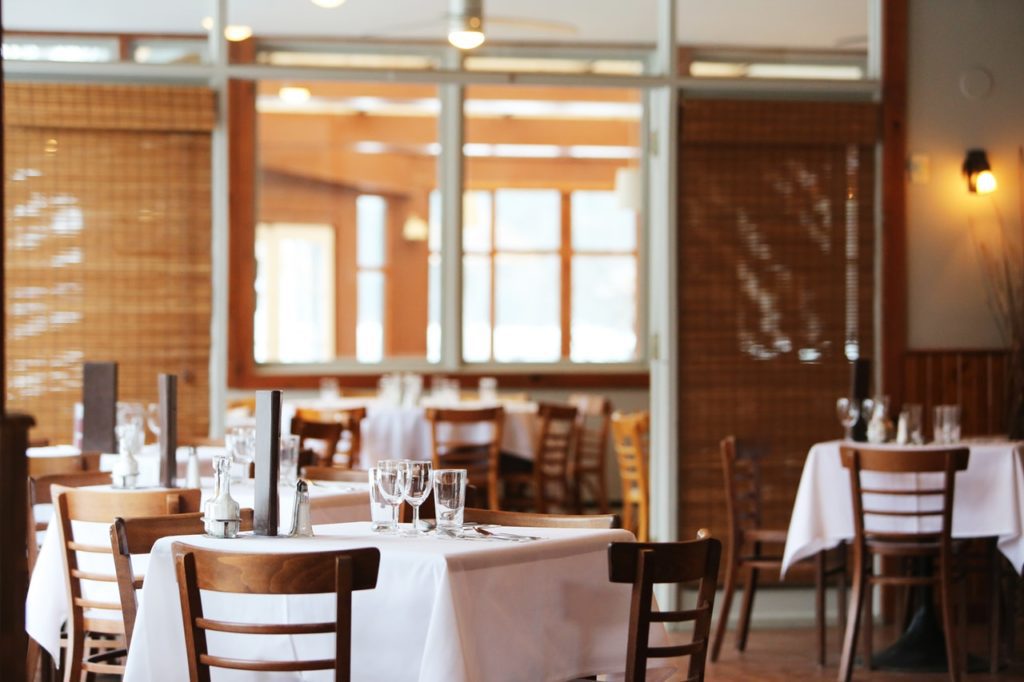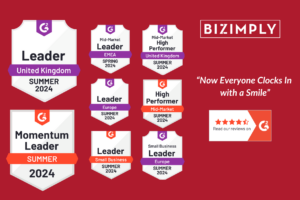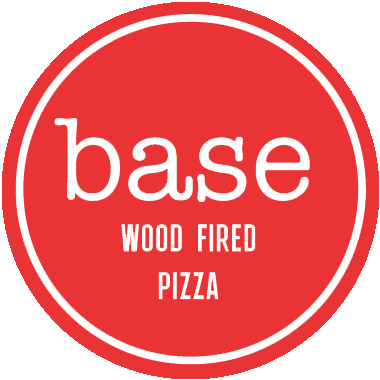As a café manager, you’re probably already keeping an eye on sales figures and profits for your café with KPIs. Comparing food used versus total sales and average order price is very important to record, but measuring only these elements gives you an incomplete perspective on your business. To get a comprehensive overview, the smartest managers will track dozens of KPIs at a time.
Key Performance Indicators – KPIs – can reflect a café’s financial health, customer satisfaction, marketing efforts, management effectiveness and certain operating costs. With KPIs, a café’s issues can be quickly dealt with, location performances can be benchmarked against each other. As the saying goes, “what gets measured, gets done.”
Drawing from real life experiences, the following list includes 5 of the key KPIs the best managers are always monitoring. With these five pillars of guidance, you can increase sales, profitability, and see your business grow with small simple changes.
Here are 5 KPIs every Clever Café manager should track:
1. Employee Retention Rate
One of the most important metrics that can correlate to productivity when tracking any business KPIs is your employee retention rate. This refers to the percentage of employees that remain with the business over a given period. The café industry acutely faces a glaring issue of high turnover as it tends to be a problem more prevalent with hourly workers, which the majority of café owners employ.
Retail businesses often hire the wrong people and have a high turnover rate. An incompetent staff member can damage the whole dining experience, which can impact your customer base. Also, hiring new staff and training them to bring them up to desirable levels of efficiency requires a lot of time and effort. It is advisable to hire the right people from the beginning and take care of your staff so that they are less tempted to leave.
How to calculate employee retention rate:
Start by adding the total number of employees at the beginning and end of a given period of time. Then, divide the sum by 2 to find the average number of employees during the set period. Take the difference between the number of employees at the beginning and end of the set time frame. With that information, divide the number of employees who have left by the average number of employees. Here’s the equation:
(Starting Number of Employees + Ending Number of Employees) / 2 = Average Number of Employees
Retained Employees / Average Number of Employees = Employee Turnover
If you have 30 employees at the beginning of a given year and 34 at the end the equation would look as follows:
(30 +34) / 2 = 32
17/32 = .5313
Employee Retention = 53%
2. RevPASH – Revenue Per Available Seat Hour
Revenue Per Available Seat Hour (shortened to RevPASH) is a relatively new KPI, developed by Dr Sheryl Kimes of Cornell University School. RevPASH is an important metric because it includes time as a factor. Like the hotel industry, which calculates returns based on RevPAR (revenue per available room), the café industry can use RevPASH to aid café operators in their understanding of how efficiently and effectively each seat in a café generates revenue. RevPASH is a useful measurement to record as it incorporates both time and capacity in addition to average check size, and this will paint a bigger picture of the business that each individual metric could indicate by themselves.
How to calculate revenue per available seat hour:
RevPASH = Total revenue / Seat Hours
Seat Hours = Number of Seats x Hours Open
For example, if you have a 30 seat café that is open for 12 hours you will have 360 seat hours per day and if your revenue is £3,000 in the day your RevPash for the day will be:
£8.33 = £3,000/360
How to improve RevPASH:
RevPASH is easy to begin monitoring as all you need to do is establish a benchmark and check it daily for improvement. Busy and slow periods can affect the results of similar metrics, so the best managers will check hourly for updates to gain a more accurate picture.
How can RevPASH be improved during busy periods? First off, you will need to either raise prices or decrease meal duration. This can be done in several ways.
For example, a menu redesign could be in order, so that meals can be prepared and served quicker through menu size reduction.
You could examine how quickly patrons are seated (see KPI number 5 in our article) and see if there are ways this process could be sped up. Bills could be delivered sooner with payment being collected punctually (without annoying or offending customers). This will give you the additional beneficial opportunity to clear tables faster and seat more people in less time.
When taking orders, you can ensure that they are sent to the kitchen more efficiently. Seating can be improved by ensuring that four-seater tables are actually being used by parties of four. If not, you may find it’s time to trade them in for a couple of two-seaters instead.
RevPASH can be improved during slow periods by attracting more customers or increasing average cheque size. This can be a challenge, but could be achieved by creating food specials, hiring live entertainers, or having other incentives to motivate current and potential customers during off-peak hours. Developing menu items that accompany each other and training staff on how to upsell can be a great boon as well.
3. Labour Cost Percentage
How much are your employees costing you? Labour cost percentage is the measurement of how much your business is making run against the cost of your staff during the same time. Labour cost percentage is a very important measurement as it reveals where huge improvements can be made with small changes in spending. A difference of 1% in labour sales could mean the difference between profit and dangerous loss. What makes this such a good KPI to track comes from the near countless ways to make changes to your business and improve profit.

Here’s how to calculate it:
Labour cost percentage is simple to measure. Also known as Sales per Labour Hour (SpLH), it is calculated by selecting a period of time and tracking the sales made during that time against total labour cost. You can also track your labour cost over time with a platform like Tenzo.
Want to learn more about improving labour costs? We’ve written an entire guide on how to improve your labour costs for your cafe here:
4. Revenue by Employee
Revenue per employee can often be called sales per head, or average ticket size. Cafés usually calculate their sales per head at different times during the day. For example, most café managers like to know what their sales per head are during lunch and dinner hours. Cafés also track their sales per head each week or month, looking for various positive or negative trends. For example, revenue per employee trends downward when a café runs a deal or a discount.
How to calculate revenue per employee:
An easy measurement: sales per head are calculated by dividing the total sales in pounds/euro/dollars by the number of customers.
5. Table Turn Time
Table turn time is how long it can take for a guest to dine at your café, from the time they sit down to the time they leave. It’s important to nail this metric, no matter what type of café establishment you run. For a casual dining café, the faster your table turn, the more money you make. Once you calculate the average time it takes for a customer to complete a meal and leave, you can determine how you can improve table turn time, while making it a great experience for the customer. Many factors influence this, including promptly getting the cheque to maintaining a kitchen to its maximum efficiency.
Here’s how to calculate it:
How can we measure table turn time? First off, identify a measurement period, and then count the number of parties served during that period. Finally, divide by the number of tables used.
How Can Bizimply Help You Hit Key KPIs?
Bizimply’s workforce management platform gives your business the power to effectively monitor and achieve key performance indicators (KPIs) through the following features:
- Employee Retention Rate Monitoring: Bizimply tracks employee turnover, helping managers identify retention issues and implement strategies to improve staff stability.
- Revenue per Available Seat Hour (RevPASH) Analysis: By calculating RevPASH, Bizimply assists in assessing how efficiently each seat generates revenue, guiding decisions to enhance table turnover and profitability.
- Labour Cost Percentage Tracking: The platform monitors labour costs as a percentage of sales, enabling businesses to maintain optimal staffing levels and control expenses.
- Sales per Labour Hour (SPLH) Measurement: Bizimply calculates SPLH to evaluate staff productivity, assisting in aligning labour allocation with sales performance.
- Table Turn Time Monitoring: By tracking the duration customers occupy tables, Bizimply provides insights to improve service speed and increase customer throughput.
By offering these analytical tools, Bizimply empowers businesses to monitor and achieve their KPIs, leading to enhanced operational efficiency and profitability.












